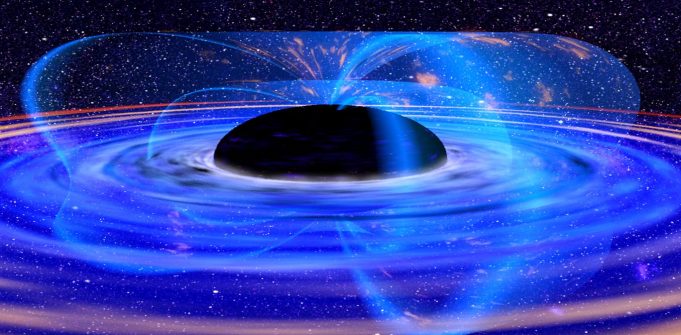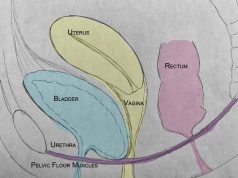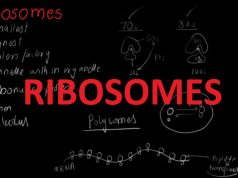The idea of the heat death of the universe was proposed following the discovery of the laws of thermodynamics. These laws, in essence, show that things tend to move towards a state of entropy. The heat death of the universe would be a universe in a state of absolute entropy, where energy and density are equally dispersed about the universe.
Thermodynamics
Thermodynamics is a branch of physics focused on the relationship between heat, pressure and volume of gasses. It also covers the basics of energy transfer through vibrational heat. The starting point in understanding thermodynamics is to consider what types of energy a particle can have. Physicists typically break this down into three categories. There’s translational kinetic energy, which is the energy associated with motion; there’s vibrational energy, which is energy stored in the particle that makes it vibrate at a certain speed; and lastly, there’s rotational energy, which is any energy associated with the rotation of a particle. These are called transferable energies, because other types of energy associated with the atomic composition are only released by nuclear fusion or fission.
These three types of energies are generally transferred between nearby particles during collisions. Some collisions are one-time events, but in solids and liquids, vibrating and rotating particles transfer energy to their neighbors. Since the amount of energy that can be transferred is proportional to the energy currently stored in a particle, we get an effect where solids that are in contact with each other will attain the same ‘heat’, or energy level, in time. This process is called entropy; it is possible to generate power from the transfer of energy from a warm body to a cold body. Once the transfer has been made, we say that the energy is less useful, and the universe has moved close to a state of entropy.
Implications of Entropy
The fact that no activity can actually decrease the entropy level of the universe has caused many physicists to believe that at some point, all of the energy in the universe will have been made ‘useless’ and that the universe will have uniform density and energy. This process is called heat death, and represents one of a few ‘end of the universe’ theories in physics.
Some time ago, physicists thought that a giant black hole would represent the end of the universe, since gravity tends to draw objects together. A more recent paper published by Stephen Hawking disproved this theory by showing that black holes with no more matter to absorb emit infrared light, or energy, in a uniform pattern. This more recent discovery means that although it may seem strange that the universe (which is largely composed of solid objects) may at some point be reduced to uniform density, this is one of the most likely outcomes, by our current understanding of physics.



















